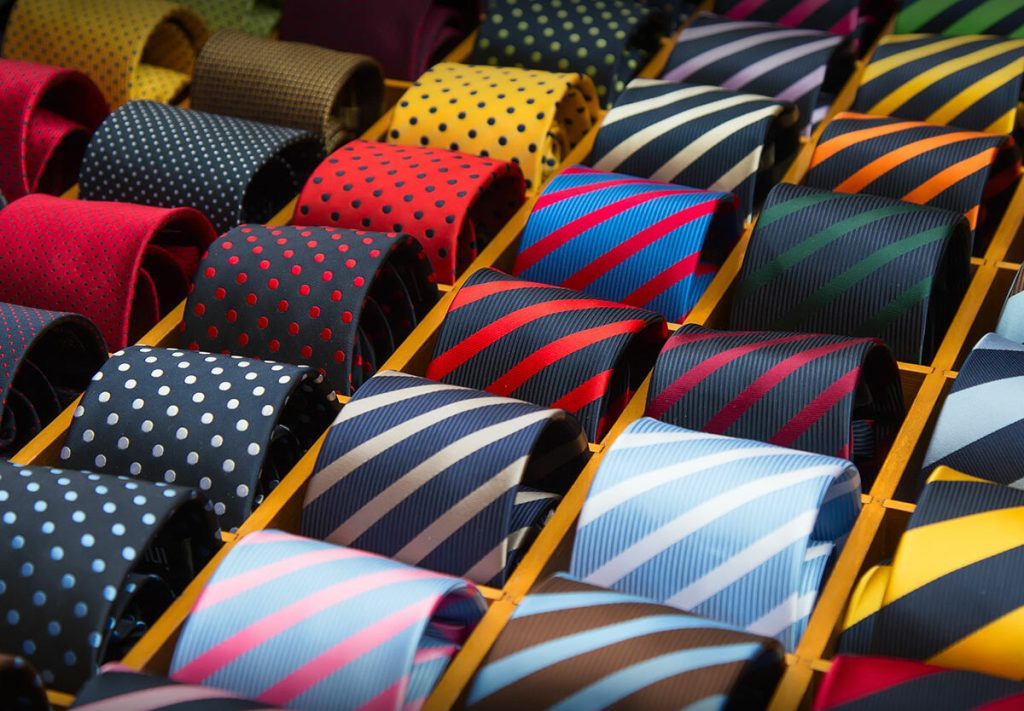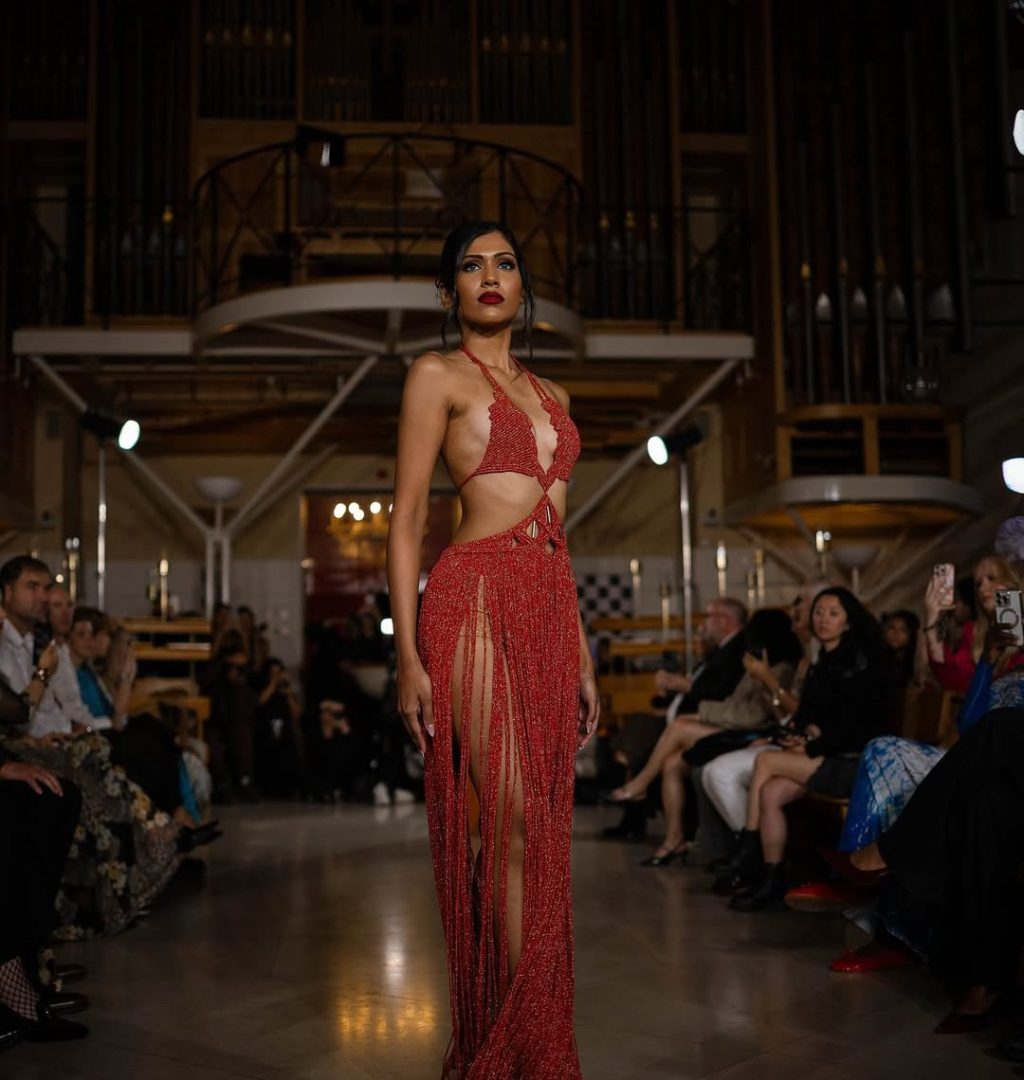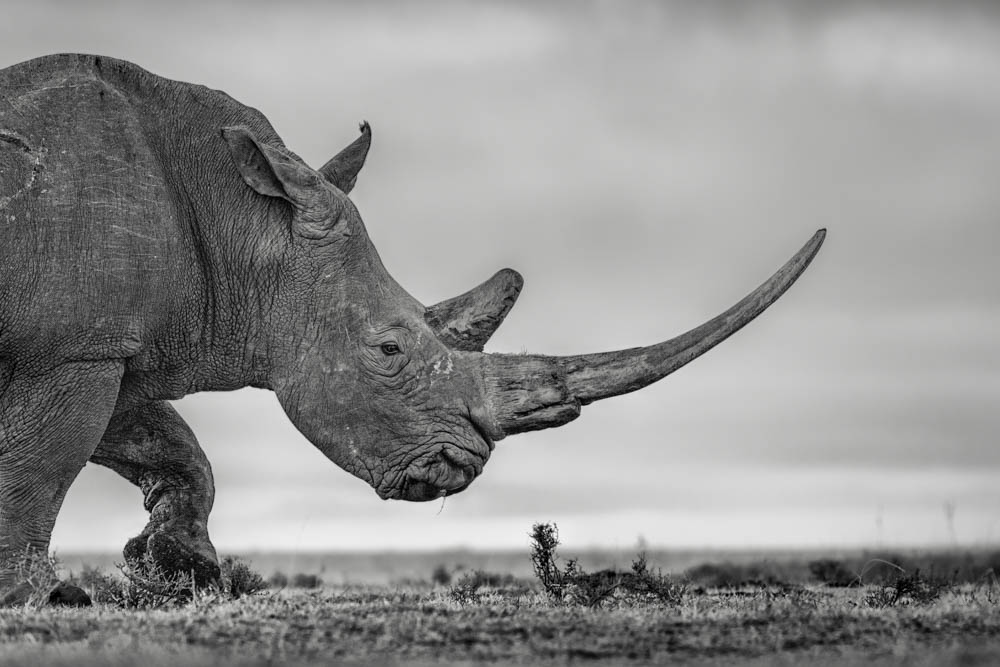The evolution of Men’s Neckties holds significant importance in the realm of fashion and cultural expression. Beyond being a mere accessory, the necktie has served as a symbol of status, style, and societal norms throughout history. Understanding its evolution provides insight into the ever-changing landscape of men’s fashion and reflects broader shifts in attitudes and values.
Join Glam/Amour as we discover the ‘twists & turns’, of all things Necktie’s.

First and foremost, the evolution of men’s neckties underscores the adaptability of fashion to changing social contexts. From its humble origins as a functional garment to its modern-day incarnation as a fashion statement, the necktie has continually evolved to meet the needs and preferences of each era. This evolution reflects not only changes in aesthetic tastes but also broader shifts in societal values and norms.
Moreover, the evolution of men’s neckties highlights the intersection of tradition and innovation within fashion. While the basic concept of the necktie has remained relatively unchanged over the centuries, its styles, patterns, and materials have evolved in response to changing cultural influences and technological advancements. By tracing this evolution, we gain a deeper appreciation for the creativity and ingenuity of designers who continually push the boundaries of sartorial expression.

The roots of men’s neckties trace back centuries, originating from functional garments worn by Croatian mercenaries during the Thirty Years’ War. These early neckwear pieces, known as cravats, served a practical purpose of keeping soldiers’ collars closed and protected from the elements. Over time, cravats evolved from simple cloth strips to more elaborate and decorative accessories, reflecting changes in fashion and social status.
As the 19th century dawned, the necktie underwent a transformation from a utilitarian garment to a symbol of elegance and refinement. Influential figures like Beau Brummell, a prominent dandy of the Regency era, popularized the necktie as a fashion statement among the English aristocracy. This period saw the emergence of elaborate neckwear styles, including the ascot tie and the bow tie, each representing different facets of sartorial elegance and sophistication.



The 20th century marked the golden age of men’s neckties, with styles evolving to reflect changing cultural norms and fashion trends. The rise of Hollywood glamour in the 1920s brought about the popularity of silk neckties adorned with bold patterns and vibrant colors. Throughout the mid-century, necktie styles ranged from the wide, flamboyant designs of the Swing Era to the sleek, minimalist aesthetics of the Mad Men era, each reflecting the prevailing attitudes towards masculinity and style.


In recent decades, men’s neckties have faced challenges from shifting cultural attitudes towards fashion and dress codes. The rise of casualization in the workplace, coupled with the influence of Silicon Valley tech culture, has led to a decline in the popularity of traditional neckties. However, designers and fashion enthusiasts have responded with innovative adaptations, including slimmer silhouettes, unconventional patterns, and luxurious materials, keeping the necktie relevant in an increasingly casualized world.
The rise of business casual attire in recent decades has led to a decline in the popularity of traditional neckties, as men seek more comfortable and relaxed alternatives. Additionally, the impact of the COVID-19 pandemic on work and lifestyle habits has sparked discussions about the future relevance of formal attire, including neckties.
We would like to introduce Jonathan Farley, an Instagram personality renowned for his impeccable style and expertise in men’s fashion. With a keen eye for detail and a passion for sartorial elegance, Farley captivates his audience by showcasing various styles of tying men’s neckties, from classic Windsor knots to modern and inventive techniques. Through his engaging demonstrations, Farley not only inspires his followers to elevate their wardrobe but also educates them on the artistry and versatility of this timeless accessory.

CLICK HERE – for How to tie the Merovingian Knot.
CLICK HERE – for How to tie the Eldredge Knot.


CLICK HERE – for How to tie the Trinity Knot.
CLICK HERE – for How to tie the Tulip Knot.


CLICK HERE – for How to tie the Vidalia Knot.
As we look to the future, the evolution of men’s neckties continues to unfold in response to changing societal norms and technological advancements.
While traditional neckties may no longer be a mandatory component of professional attire, they remain a versatile accessory for self-expression and personal style. Whether embraced for their timeless elegance or eschewed in favor of more casual alternatives, men’s neckties will continue to evolve and adapt, reflecting the ever-changing landscape of fashion and culture.
The Evolution of Men’s Neckties is not merely a matter of fashion history but a window into the complexities of human culture and expression.






Hope you liked the article! Let us know what you think!